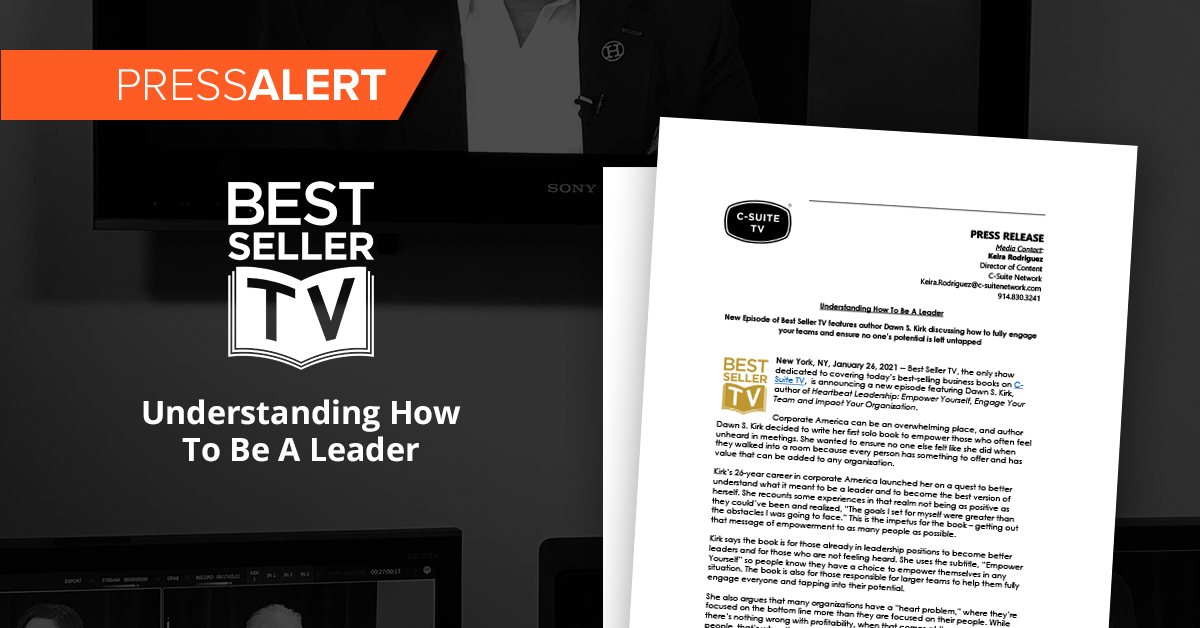
Turn Your Employees’ Expertise into Thought Leadership
Turn Your Employees’ Expertise into Thought Leadership https://csuiteold.c-suitenetwork.com/wp-content/uploads/2014/02/thinker.jpg 640 424 C-Suite Network https://csuiteold.c-suitenetwork.com/wp-content/uploads/2014/02/thinker.jpgby Mitchell Levy
What Is Thought Leadership and Why Is It Vital to Your Survival?
We all know what an expert is — it’s someone who has expertise in a space. A thought leader is the key go-to person in the space (field, industry, niche, etc.); the person you think about as the expert. Let’s say your firm is selling accounting systems to doctors’ offices. You’re going to have at least one person who sells to the entire country, but what you should really have is a thought leader — not just for accounting systems in doctors’ offices, but in various territories. The territorial piece is the salespeople, those who are touching key clients and key geographies. They should be thought leaders in their spaces.
Considering that, I think at least 60 percent of your organization should be thought leaders. (You can make an argument that 100 percent need to be evangelists.)
 Here’s my definition of thought leadership (see image); I think of it as audience by content. When you have a small audience and very little content, you are, by definition, unknown. If you have a large audience but very narrow content, you are an evangelist. An expert is someone who has a fairly small audience but is very well known and has a good amount of content. Of course, what we’re looking for is to put people in the thought leader space, where you have a large audience and a lot of content.
Here’s my definition of thought leadership (see image); I think of it as audience by content. When you have a small audience and very little content, you are, by definition, unknown. If you have a large audience but very narrow content, you are an evangelist. An expert is someone who has a fairly small audience but is very well known and has a good amount of content. Of course, what we’re looking for is to put people in the thought leader space, where you have a large audience and a lot of content.
So why is thought leadership vital to your survival? Well, consider this: 75 percent of B2B customers do online research first, before they actually talk to a company about its product or service. Imagine that: You are (what was in the past) a preview to the salesperson, having access to the sales cycle, but that cycle is now invisible. Let me reiterate because it’s important: The sales cycle that was previously available to the corporation and to the salespeople is now invisible. That’s something we need to work around, and that’s what thought leadership is all about.
Take a look at the four-legged stool of thought leadership:
To me, thought leadership is about three things:
1. Social media
2. Traditional media
3. Employee engagement and activism
What’s fun and interesting about social media to me is the opportunity to actually reach out and touch people. In such a way, you can experiment with what methods work and what doesn’t. You get lucky sometimes where things go viral, and other times are purely educational, but what you’re really looking for in using social media is the opportunity to turn future advocates (formerly called prospects) into advocates.
*This post originally appeared on MitchellLevy.com. It is Part 3 of 6 in a series covering a thought leadership webinar Levy co-hosted earlier in December. Click here for Part 1 (an intro to the series and the first part of the Q&A session) and here for Part 2 (second part of the Q&A session). View the webinar here and download the slide deck/presentation here.
 Mitchell Levy is the CEO and Thought Leader Architect at THiNKaha who has created and operated 15 firms and partnerships since 1997. He and his team is brought into corporations to turn their experts into recognized thought leaders. He is also an Amazon bestselling author with 19 business books, including “Creating Thought Leaders tweet.” Additionally, he has provided strategic consulting to more than 100 companies, has advised more than 500 CEOs on critical business issues through the CEO networking groups and has been Chairman of the Board of a NASDAQ-listed company. Get a free copy of his latest ebook at MitchellLevy.com, read about thought leadership best practices at http://bit.ly/t-l-b-p or watch a new thought leader each week on Thought Leader Life. Read more and connect at http://about.me/mitchelllevy.
Mitchell Levy is the CEO and Thought Leader Architect at THiNKaha who has created and operated 15 firms and partnerships since 1997. He and his team is brought into corporations to turn their experts into recognized thought leaders. He is also an Amazon bestselling author with 19 business books, including “Creating Thought Leaders tweet.” Additionally, he has provided strategic consulting to more than 100 companies, has advised more than 500 CEOs on critical business issues through the CEO networking groups and has been Chairman of the Board of a NASDAQ-listed company. Get a free copy of his latest ebook at MitchellLevy.com, read about thought leadership best practices at http://bit.ly/t-l-b-p or watch a new thought leader each week on Thought Leader Life. Read more and connect at http://about.me/mitchelllevy.






